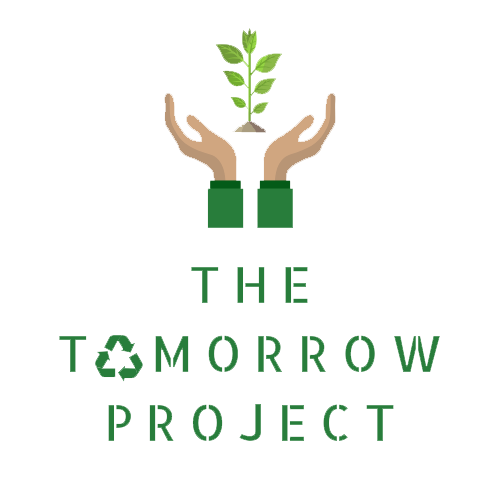The California Drought and the Importance of Water Conservation
By Wednesday Satterlee: National Outreach Co-Director at the Tomorrow Project
Americans act as if there is an endless supply of fresh, potable, water. It is always at our fingertips, whether we need it or not. Through the use of showers, watering our yards, washing our clothes, drinking water, and many more water-dependent activities, an average person is estimated to personally use 80-100 gallons of water per day. However, for a citizen of California, every drop of water could be seen as a drop of gold, due to its scarcity. 376 weeks. That's how long the recent California drought lasted. Beginning on December 27, 2011 and ending on March 5th, 2019, California's environment faced one of the biggest challenges in history, and the need for water took center stage for one of the most populous states in the US.
What does “drought” mean?
Humans and the environment we live in require a certain amount of water and when there is an imbalance of the water that nature provides, it can be described as a drought. California is no stranger to droughts, as much of southern California is considered to be desert, with a typical dry spell for the region usually lasting a few weeks. However, starting in late 2011, the state began an unprecedented 376 weeks of high temperatures, low precipitation streamflow, and snowpack.
Some of the environmental impacts included:
Low soil moisture causing the death of 102 million forest trees
The dead trees in turn caused a dramatic increase in wildfires
Hydropower reductions due to low water storage caused the substitution of gas turbine generation. This cost $2 billion and impacted our environment with incredible amounts of air pollution and greenhouse gasses
The high temperature and low flows reduced water quality, thus weakening habitats for native aquatic species.
The drought caused a 30% reduction of surface water available for agriculture. To meet the demands of farms, ⅔ was replaced by additional groundwater pumping (costing $600 million per year)
From wildlife, agriculture, energy, and economy, the effects of the drought have been drastic, but another drought could be near in the future. It is hard to predict if/when another drought will occur but water conservation can start at any time, even now. California is doing its best to prepare for another drought by following a recommendation made by the Governor's Advisory Drought Planning Panel, California Rural Water Association (CRWA) which “will bring small water systems a myriad of resources to aid in dealing with water shortages in times of drought” (CDP). After California’s Gov.Jerry Brown imposed water usage cutbacks on citizens at the height of the drought in 2014, it became an accepted part of life for the state, demonstrating that it is always a good idea to start conserving water in our daily lives, even years into a drought. Here a few things you can do to start saving this precious resource, for the good of ourselves and the environment, saving both money and other resources:
If washing dishes by hand, fill the sink with water rather than continually running the tap.
Find and fix any leaky faucets in your home.
Take shorter showers (Reducing a 10-minute shower to 5 minutes will save 12.5 gallons of water)
If it takes a long time for the hot water to reach the shower, use it as an opportunity to collect water for other uses, such as watering houseplants.
Check toilets to verify they are working properly.
Be mindful of your day to day water usage!
Sources:
Lessons from California’s 2012–2016 Drought, (Lund, Medellin-Azuara, Durand, Stone) ASCE, https://ascelibrary.org/doi/full/10.1061/(ASCE)WR.1943-5452.0000984
Climate change and California drought in the 21st century, (Mann, Gleick), 2015, PNAS, https://www.pnas.org/content/112/13/3858
Drought in California, NIDIS, https://www.drought.gov/drought/states/california
